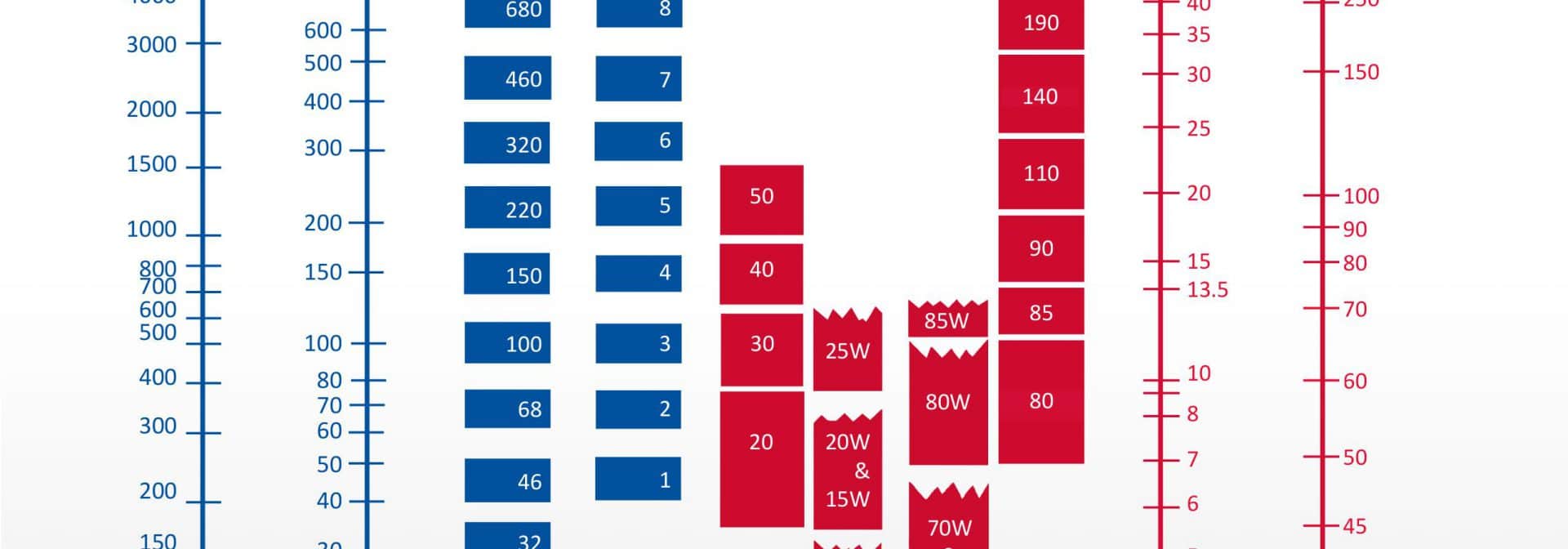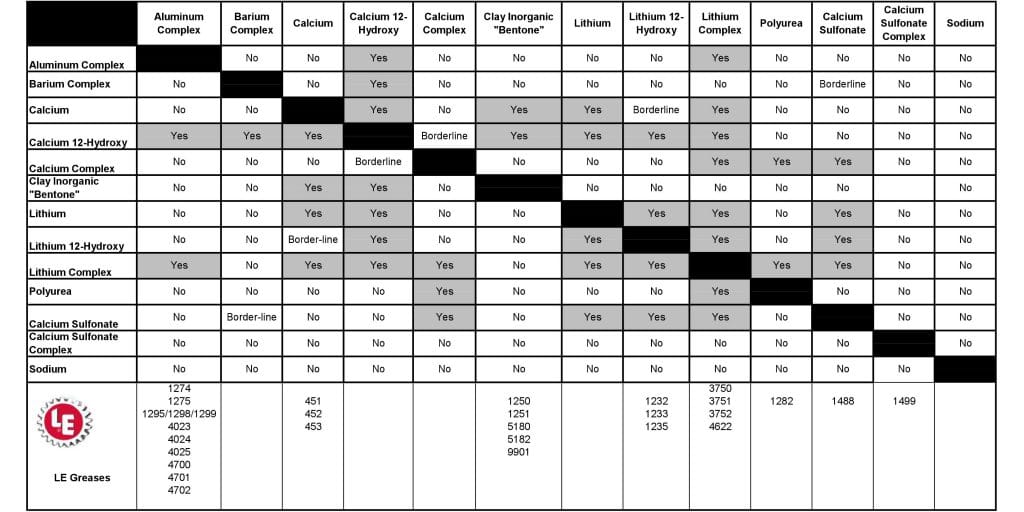Viscosity is a physical material property. It is the property of a fluid that indicates the extent to which it offers resistance to shear stress deformation (force divided by the surface). Viscosity is highly dependent on the temperature. If the temperature rises, the liquid will become thinner, if the temperature drops, the liquid will become syrupier.
The ISO classification is used in machine construction. The reference temperature of 40 ° C is chosen because this temperature often occurs during operation. The values are expressed in cSt (centistokes). The prescribed ISO classification is described in the manual of the machine.
The SEA Engine classification is mainly used in the automotive industry and concerns a classification of engine oil. A SAE 15W40 stands for multigrade and SAE 40 stands for a monograde. The first number refers to the low temperature viscosity class (W = winter, while the second number (40) refers to the high temperature viscosity class. The prescribed SAE classification is often described in the engine / vehicle manual. In addition to SAE Engine classification there is also the SAE Gear classification which relates to gear applications such as transmissions and differentials.
AGMA classification is only used for industrial gear oils. ISO classification is often prescribed.
In the overview below, the various classifications can be compared to make the right choice.
- Viscosities can only be read horizontally.
- Viscosities are based on VI 95 single grade oil.
- ISO and AGMA are specified at 40 degrees Celsius.
- SAE 75W, 80W, 85W and 5W to 25W are specified at 100°C and also at low temperatures.
- SAE 80 to 250 and 20 to 50 are specified at 100°C.
- Equivalent viscosities for 100°F and 210°F are shown.


